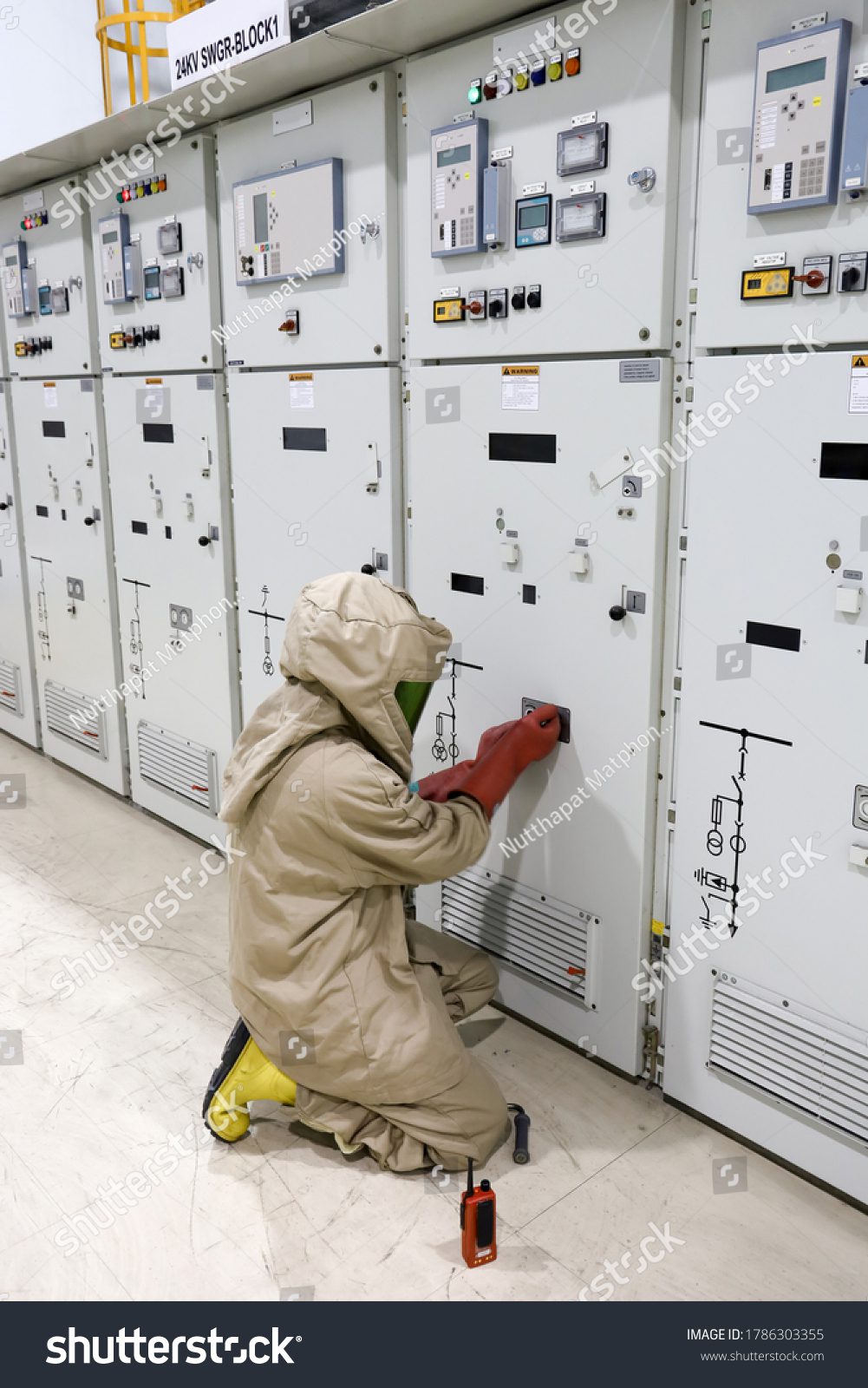Comprehensive Spill Containment Systems for Industrial and Commercial Facilities
A spill containment system is much more than a generic catch basin or an afterthought to your construction project. True containment safeguards the workplace, minimizes operational risks, and provides peace of mind in the face of unexpected leaks, equipment failures, or catastrophic events. Modern business standards demand both environmental stewardship and regulatory compliance, especially as OSHA, EPA, and local authorities enforce strict controls on all types of hazardous and process fluids.
We understand how daunting it can be to navigate the technical and legal complexities of spill control—especially as regulations and industry expectations evolve. That’s why VITOK’s spill containment systems are designed for seamless integration with your operations and maintenance workflows, delivering high performance alongside full regulatory assurance.
Our diverse client base means we’ve designed and installed spill containment solutions for:
- Food and beverage facilities (distilleries requiring truck-loading spill curbs and tank room containment)
- Chemical processing plants (hazardous material storage, transfer piping, loading docks)
- Power generation (transformer vaults, specialized diking, and containment vaults)
- Pharmaceuticals and labs (modular spill containment curbing for equipment and storage rooms)
- Manufacturing and warehousing (loading dock spill containment, high-traffic area curbs)

What are Spill Containment Systems? Why do they matter?
Spill containment systems are a blend of engineered barriers—like spill curbs, sumps, dikes, and secondary containment piping systems—that work together to capture, control, and isolate hazardous fluid releases. Done right, they:
- Protect your workforce and facility from immediate harm
- Prevent costly environmental contamination and regulatory fines
- Demonstrate to OSHA, the EPA, and other authorities that your site is prepared, conscientious, and fully compliant
Increasingly stringent OSHA secondary containment requirements (under 29 CFR 1910 and related standards) demand properly sized containment, fully integrated controls, and site-specific engineering. Even a ‘minor’ oversight—an undersized sump, missing spill containment curbing, or neglected testing documentation—can lead to violations, downtime, and risk to reputation.
Key Regulations Governing Spill and Secondary Containment Systems
Permanent containment systems—such as berms, dikes, and secondary containment piping—must meet overlapping requirements from several agencies. The following four codes form the foundation of regulatory compliance for industrial, oil, and distillery facilities.
OSHA 29 CFR 1910.106 — Safety and Facility Protection
OSHA’s Flammable Liquids Standard requires storage and handling areas for flammable or combustible liquids to include permanent containment features. Floors must be graded to divert potential spills or surrounded by a curb at least six inches high, and drainage systems must carry liquids to a safe location away from ignition sources or occupied areas.
EPA 40 CFR Part 112 — Spill Prevention, Control, and Countermeasure (SPCC)
The EPA’s SPCC Rule applies to facilities that store or process oil and petroleum products. It requires secondary containment structures—such as dikes, berms, or double-walled systems—capable of containing the full volume of the largest tank plus freeboard for precipitation. The rule also calls for engineered drainage and piping systems that prevent releases to navigable waters or shorelines.
NFPA 30 — Flammable and Combustible Liquids Code
The NFPA 30 Code provides design and fire-safety criteria for above-ground storage tanks, piping, and containment areas. It recommends secondary containment for tanks and transfer piping with capacity for at least 110% of the largest vessel, along with construction materials resistant to the stored liquid and compatible with fire-suppression systems.
State DEQ / DNR — Environmental Discharge Prevention
State environmental agencies such as Departments of Environmental Quality (DEQ) or Natural Resources (DNR) enforce local spill prevention and discharge regulations that complement federal OSHA and EPA rules. These typically require engineered containment systems, impervious surfaces, and controlled drainage to prevent contaminants from entering stormwater or groundwater. Many states adopt or reference EPA’s SPCC and RCRA standards for local enforcement. A list of state programs is available from the EPA State Program Directory.
Spill containment solutions
Spill Curbs and Spill Containment Curbing
A spill curb, or continuous spill containment curbing, is one of the simplest and most effective ways to trap and control liquid hazards. Whether poured-in-place concrete, prefabricated modular sections, or specialty coatings, VITOK’s designs always reflect the latest OSHA guidance on height, durability, and integration with access and egress.
Typical applications:
- Surrounding tanks, chemical storage areas, and process rooms
- Guarding doorways and loading dock perimeters to prevent outward liquid migration
- Partitioning work zones with forklifts or heavy traffic, without impeding movement
Our curbing solutions are engineered to withstand impact, chemical attack, and routine washdowns, and they’re designed to channel flows toward sumps or dedicated collection points for safe removal—all in full compliance with applicable OSHA secondary containment requirements.
Complete Spill Containment Systems
A spill containment system, at its core, is an integrated network of engineered barriers and flow controls that prevent spilled liquids from escaping into critical areas or the environment. VITOK’s systems can include:
- Containment pits or sumps sized for specific tank or process volumes
- Spill curbs and containment curbing at key perimeter locations
- Secondary containment piping systems (with double-walled or monitored piping as needed)
- Dikes (earthen or concrete, depending on application)
- Containment vaults and trenches
- Automated sensors and alarms to notify personnel of spill events
Our containment systems are designed to manage a wide range of scenarios, from routine small leaks and drips to catastrophic tank or piping failures.
Secondary Containment Piping Systems
Many sites must manage not only stationary storage but also the safe transfer of hazardous liquids via pipes. Secondary containment piping systems form a crucial backup line of defense, ensuring that any pipe failure or hidden leak is intercepted and contained before risking an OSHA citation or environmental incident.
VITOK delivers:
- Double-walled piping engineered for leak detection and rapid intervention
- Containment trenches and sumps sized per OSHA/EPA volume calculations
- Smart integration with existing spill containment systems, alarms, and drain controls
Every secondary containment piping system we design is rigorously documented to help demonstrate compliance in facility audits—giving you confidence it will pass OSHA inspection, not just day one, but years into the future.
The VITOK Approach: Our Spill Containment Engineering Process
1. Site Assessment and Hazard Identification
Every project begins with a careful site review, risk assessment, and regulatory audit:
- We identify all sources and paths of potential hazardous liquid spills, from tank rooms and chemical storage to process piping and loading docks.
- Our team reviews your current containment provisions and maps out all areas subject to OSHA secondary containment requirements.
- We consult directly with your safety leaders and operators to ensure the plan fits your real operational needs.
2. Custom Engineering for OSHA & EPA compliance
Our design process is built on decades of interdisciplinary engineering—and a deep command of both the spirit and letter of the law.
- We specify spill containment curbing, spill curbs, and secondary containment piping systems precisely sized for worst-case discharge and in accordance with OSHA formulas and EPA SPCC guidelines (when applicable).
- Each barrier, sump, or curb is matched to the chemicals you handle, the type of operation, your traffic needs, and the realities of your facility layout.
- Detailed deliverables (drawings, calculations, specs) are produced to withstand both construction and OSHA audit scrutiny.
3. Implementation, Documentation, and Training
Getting compliance on paper isn’t enough—your system has to work in the real world, and you need to be ready for inspections at a moment’s notice.
- VITOK oversees the installation of spill curbs, containment walls, and piping systems to ensure the design intent is honored—no shortcuts, no weak links.
- We provide training and easy-to-follow inspection protocols so your team keeps everything compliant, year after year.
- Our documentation packages give you confidence: clear records, maintenance logs, and compliance checklists streamline any audit or regulatory review.
Get Started Today
Don’t wait for an incident or an inspection to discover gaps in your electrical safety program. Contact VITOK today to schedule your Arc Flash Risk Assessment and take the first step toward a safer, more compliant facility.
Frequently Asked Questions
Q: What is a spill containment system?
A: A spill containment system is an integrated arrangement of physical barriers, sumps, curbs, and other controls designed to prevent hazardous liquids from escaping safe areas or entering the environment.
Q: What is the role of a spill curb or spill containment curbing?
A: A spill curb is a physical, often raised, barrier that contains spills within defined zones—keeping fluids away from walkways, sensitive equipment, or exits. Spill containment curbing is used to channel flows toward collection points for easy cleanup and regulatory compliance.
Q: Do I need secondary containment piping systems?
A: If you transfer process fluids, chemicals, or hazardous materials over significant distances inside your facility, secondary containment piping systems may be required by OSHA or EPA rules. These systems provide a dedicated backup layer to catch leaks before they exit the containment zone.
Q: Which regulations apply to my facility?
A: Most facilities handling hazardous liquids will fall under OSHA secondary containment requirements and possibly EPA’s Spill Prevention, Control, and Countermeasure (SPCC) rules. VITOK provides facility-specific guidance to ensure compliance
